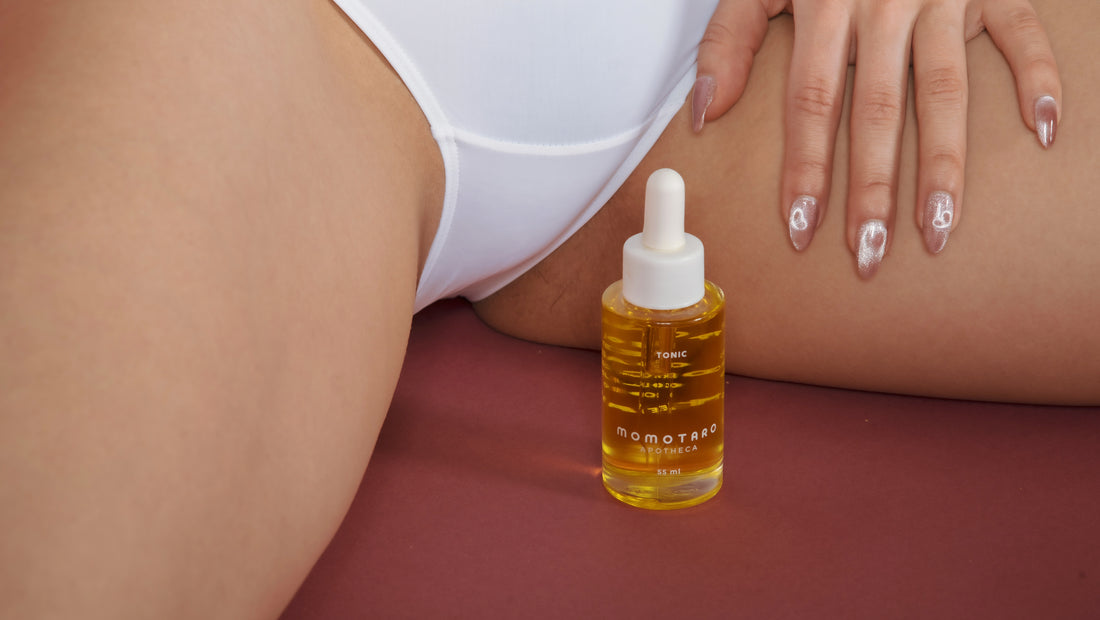
Demystifying Vaginal pH: A Comprehensive Guide to a Balanced Environment
Share
Vaginal Ph - Everything you need to know
In the complex world of vaginal health, one crucial factor often overlooked is pH balance. Yet, understanding vaginal pH is key to maintaining a healthy and happy vaginal microbiome. So, let's delve into the science behind it, explore why it's essential, and discover how to keep it in check naturally.
What is Vaginal pH?
Simply put, vaginal pH refers to the acidity or alkalinity level of the vagina. The pH scale ranges from 0 to 14, with 7 being neutral. A pH below 7 indicates acidity, while above 7 signifies alkalinity. The optimal vaginal pH typically falls between 3.8 to 4.5, making it slightly acidic.
Why Does Vaginal pH Matter?
Maintaining the right pH balance is crucial for vaginal health. The acidic environment serves as a natural defense mechanism, warding off harmful bacteria and infections. It helps keep the delicate ecosystem of the vagina in harmony, preventing issues like bacterial vaginosis (BV) and even yeast infections.
Understanding Bacterial Vaginosis (BV):
Bacterial vaginosis occurs when there's an imbalance in the vaginal microbiome, leading to an overgrowth of harmful bacteria. This imbalance can cause symptoms such as unusual discharge, itching, and a strong fishy odor. BV can be triggered by various factors, including douching, unprotected sex, and hormonal changes.
Let's deep dive: Everything you need to know about BV
What Should My Vaginal pH Be?
Ideally, your vaginal pH should fall within the healthy range of 3.8 to 4.5. However, it's essential to note that individual pH levels can vary slightly and may fluctuate throughout the menstrual cycle. Monitoring your pH regularly can help you gauge your vaginal health and take necessary steps to maintain balance.
Why Is My Vagina Acidic?
The acidity of the vagina is primarily due to the presence of beneficial bacteria, such as lactobacilli. These bacteria produce lactic acid, which helps create an acidic environment. This acidity inhibits the growth of harmful bacteria and yeast, thus preserving vaginal health.
Natural Ways to Support Vaginal pH:
- Dietary Choices: Consuming probiotic-rich foods like yogurt, kefir, and fermented vegetables can promote the growth of beneficial bacteria in the vagina.
- Hydration: Staying hydrated is crucial for overall health, including vaginal health. Drinking plenty of water helps maintain optimal pH levels.
- Avoid Harsh Products: Steer clear of harsh soaps, douches, and scented products, as they can disrupt the natural balance of the vagina.
- Practice Safer Sex: Using condoms can help prevent the introduction of harmful bacteria into the vagina, reducing the risk of infections. Semen can also be disruptive as it is a different pH than the vagina.
- Manage Stress: High stress levels can impact hormone levels, potentially affecting vaginal pH. Practice stress-reducing activities like meditation and yoga to promote overall well-being.
Understanding vaginal pH is fundamental to maintaining a healthy and balanced intimate environment. By embracing natural methods to support pH balance and adopting healthy habits, you can safeguard your vaginal health and enjoy a happier, more comfortable life. Remember, a little care goes a long way in keeping your pH in check and embracing your body's natural ecosystem.
Shop our certified organic solutions for vaginal infections
Further Reading
3 Must Reads on Bacterial Vaginosis
Understanding UTI's, Yeast Infections and BV. What's the difference?
Taboo questions about our hormonal health

